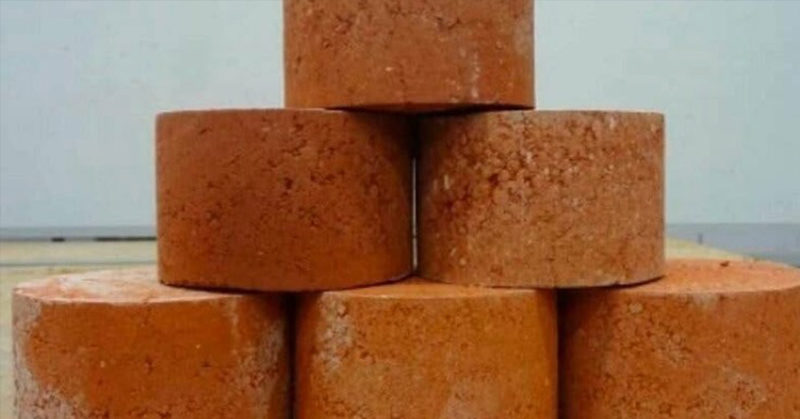One of the world’s biggest challenges is the issue of waste, especially bio-solid waste. With a shortage of soil for traditional brick-making, scientists have found a solution: human waste bricks. Researchers from RMIT University in Australia have successfully turned biosolids into durable bricks, utilizing 30% of unused human waste stockpiled in landfills. These bricks offer benefits such as energy efficiency, superior insulation, and reduced clay and sand usage in construction. By repurposing biosolids, these bricks not only address waste management but also mitigate the environmental risks associated with unsafe sludge disposal. Alternative building materials like hempcrete have also shown promise in providing sustainable solutions for construction. Thinking outside the box and embracing innovative approaches like human waste bricks can help tackle environmental and public health issues simultaneously.
Why Biosolids are Bad
While biosolids can be a valuable source of nutrients for soil and plant growth when properly treated, there have been instances of unsafe sludge being repackaged and sold as fertilizer, posing health risks to livestock and humans. By introducing innovative solutions like human waste bricks, the waste management industry can find more sustainable and safe ways to utilize biosolids. Hempcrete, another eco-friendly building material made from hemp hurds, water, and lime, offers additional benefits such as temperature regulation, insulation, and mold resistance. Embracing unconventional solutions like human waste bricks and hempcrete can pave the way for a more sustainable future in construction.






